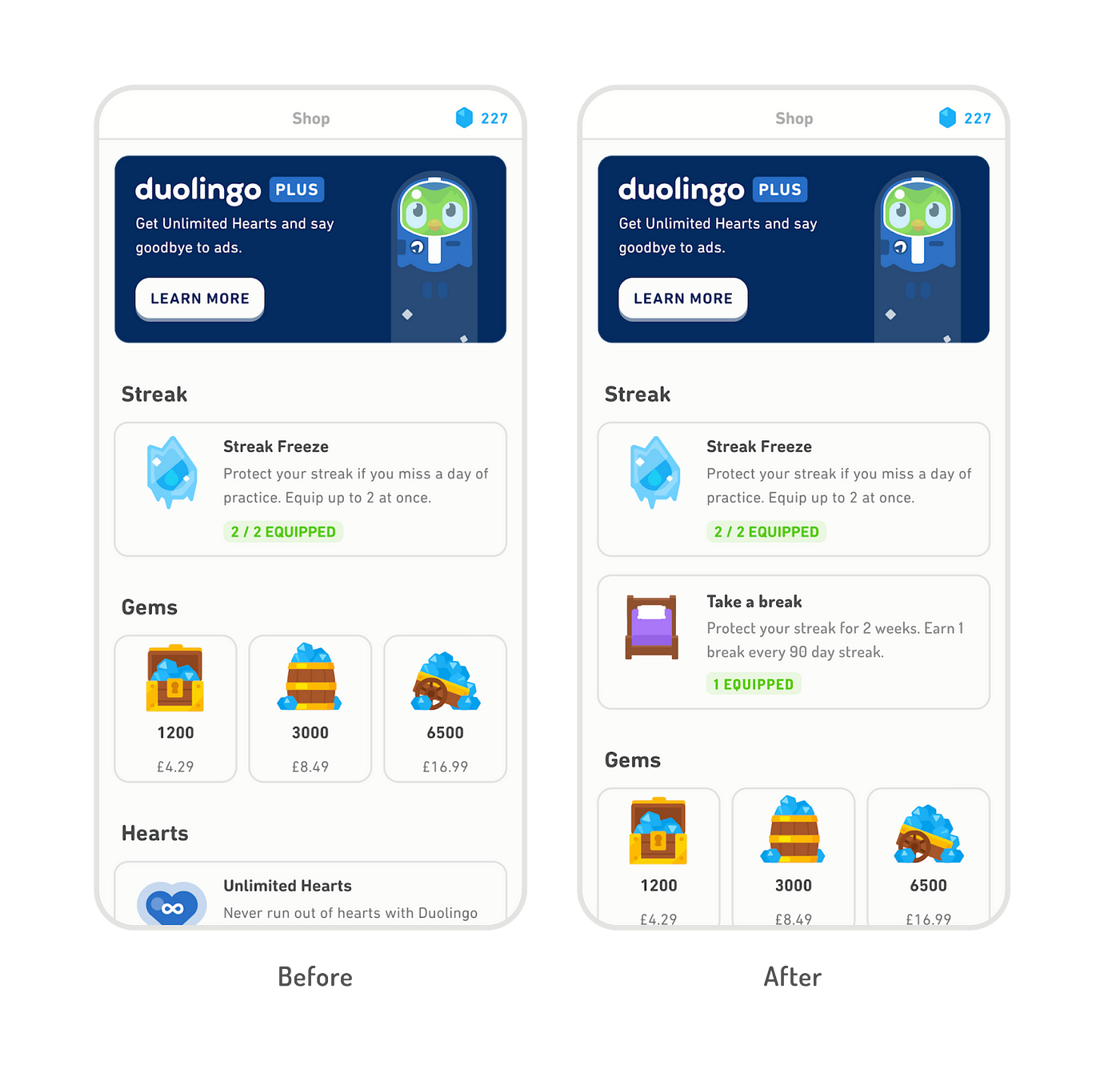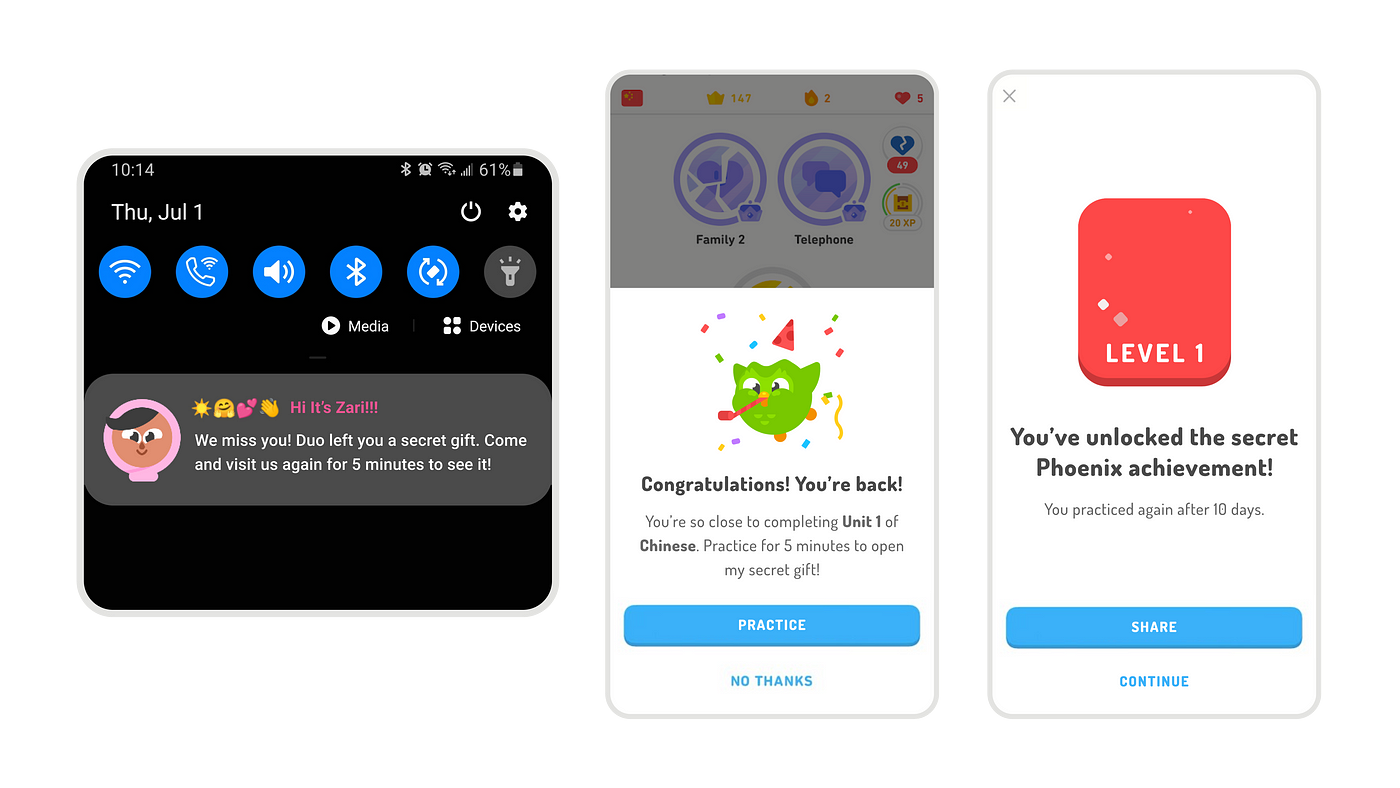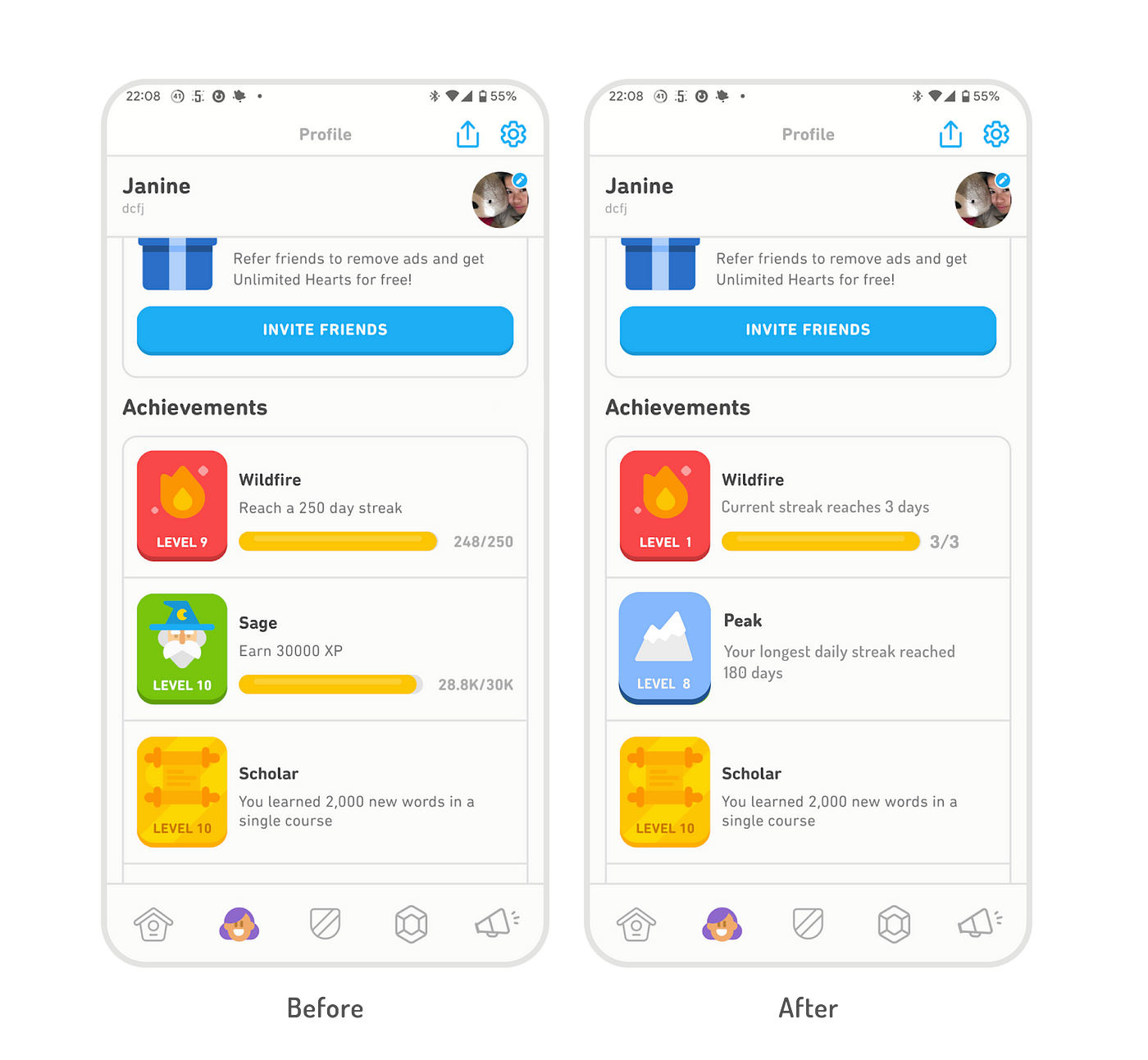The following article looks at healthy and flexible approaches to streaks in Duolingo and examines how users can still be consistent with language learning without having to worry about their streak number.
When I was living in Singapore last year, I used Duolingo to (try to!) learn Chinese. This wasn’t my first time using Duolingo — I’ve had an account since 2013, and I used it consistently for short bursts of time, then would forget about the app when life became busy.
Duolingo’s proposition is to make language learning easy and accessible, but most of all they wanted to make language learning a habit — a little bit a day goes a long way. Being consistent is key in language learning and the main way they do this is through streaks.
However, about a month ago I was absolutely gutted when I accidentally lost my streak at 248 days when things became more hectic with job applications. When I was sulking about my lost streak, I desperately turned to Reddit and Twitter to find if there were ways to get back my streak without having to pay for gems. Amidst my research, I found a large number of people who felt disappointed about losing their streak, with quite a few comments saying they wanted to ‘graduate’ from using Duolingo.
What is great about the streak is that it creates real momentum, but when it is lost after a long period and users are emotionally invested, it triggers users to rethink how they are using Duolingo.
The streak draws users to the app every day, but a loss of a streak provides a convenient exit point for its most loyal users.
This got me into detective mode! Based on 3 quick interviews and some social media posts, I found some really great insights:
- Most users saw the benefit of streaks, but felt liberated and relieved once a long streak ended.
- The higher the streak, the more it seemed like it was about playing the leagues and keeping up the streak number rather than learning the language.
- Users wanted something new or different as a reward for coming back to the app after a streak loss.
- When their streak ends, advanced users realise there are better apps and tools to meet their language learning needs.
There are different types of Duolingo users. Perhaps we can break them down according to their streak count?
- Anna (3-day streak): Uses Duolingo casually to learn a few sentences for a holiday.
- Benji (60-day streak): Wants to reach basic fluency while having fun, but struggles with busy work life.
- Callum (365-day streak): Interested in reaching the intermediate level of fluency, but finding the exercises repetitive and easy.
- Divya (1000-day streak): A superuser — who wants to learn many languages and get all of the achievements.
For Anna, she’s likely to return to Duolingo again and is less affected by a streak loss. For Callum, he’s ready to seek other sources for deeper language learning. So, for the sake of this design exercise, let’s focus on Benji and Divya.
Let’s take a look at 5 ideas that cover the timeline of preventing a streak loss in the first place, reframing the moment of a streak loss, and retaining the users after they come back to the app.
1. Changing how streaks are measured

If we think about how we learned languages at school, we only did language lessons once to twice a week, and this was a completely valid and effective way to learn languages! Adjusting how streaks are measured to include time spent per week, or measuring by crowns per week could provide flexibility to streaks, especially useful when life circumstances change.
2. Promoting healthy breaks

Cheat days are totally accepted in the fitness world, and Duolingo already accounts for this through a streak freeze. However, sometimes a longer mental break is needed, and users shouldn’t be punished for this.
Based on the 21/90 rule, once users have made Duolingo part of a permanent lifestyle change, they’ll be rewarded with a 2-week break after every 90 days. (This strategy would need a lot of testing to see how long and how often this break reward should be!)
3. The five-minute rule

Based on the well-known tactic to beat procrastination, one way to kick start the learning habit again is to convince learners to start again for only 5 minutes through an incentive, such as unlocking a secret badge (hello gamification techniques!).
4. Reframing the moment of a streak loss

The peak-end rule states that people remember negative experiences more vividly than positive ones. Instead of emphasising a ‘loss’ when a streak ends, the user’s achievements during the streak period should be celebrated instead.
5. Don’t remind learners of their failure

My failure to extend my 248-day streak is shoved into my face in the Wildfire achievement each time I open my profile. I propose that Wildfire focuses on your current streak instead. Your previous achievement can be celebrated through a new badge called Peak, which doesn’t feature a progress bar to tease how close-yet-so-far you came last time round to reach the next level.
Which of these ideas would work? To be honest, I wouldn’t know without conducting testing, but my instinct tells me a combination of these might just convince some users to restart their language journey once more… ✨
Janine Dela Cruz is a Junior Product Designer based in London.
Twitter: @janine_makes
Portfolio: janine-dela-cruz.webflow.io